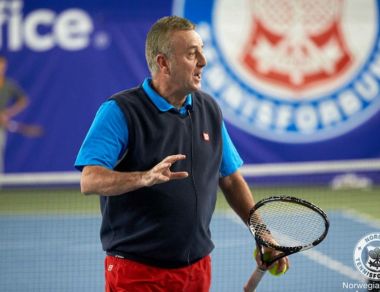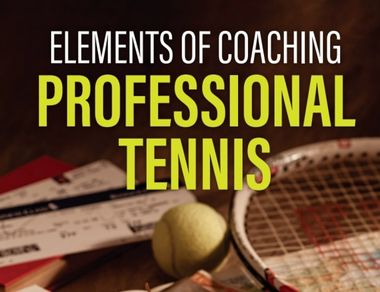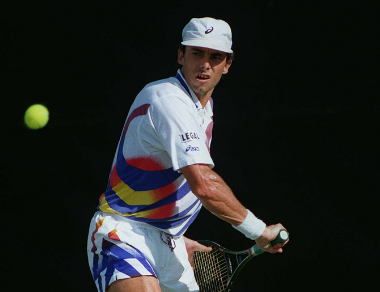I have been fortunate to coach for 47 years. During that time I have seen many coaches on every level of tennis. The best always have one thing in common; they demanded, and got, the very best out of their players.
NFL coaching great Tom Landry once stated, “The coach’s job is to get players to do things they don’t want to do, in order to have the things that they want to have.”
The following 4-step approach is a proven plan that will bring success and a more consistent performance.
Step #1
Build a Culture of Excellence
Quality is never an accident. It is quite interesting that cultures of excellence in tennis have sprung up over the past 50 years in places such as Australia, Sweden and Spain. The success of those countries mentioned has given example to multiple other countries to follow the training practices. These training situations often become the current recipes for success for multitudes of players and coaches who are looking for the right answers. In the end, it is not so much the specific methodology, but more the culture of work and striving for excellence that makes all of the difference.
Real excellence usually does not follow the copying or imitating another style of training because one size never fits all. However, the flip-side of this is the fact that good examples and good methods are universal and stand up for generations. The key thing is that one must have ownership over the way they want to do things or real passion cannot be enjoyed.
In this aspect, I like to think of Andy Murray. Murray’s formative years were spent in Barcelona training with Patricio Alvarez at the Sanchez-Casal Academy. There he would have had great examples of the work ethic required to become a successful professional tennis player. He was immersed in a culture of excellence. When he felt he was ready, he left. Andy Murray is well known for his ambition and having ownership of his dream. He is respected on Tour for ticking off every box on the professional tennis player to-do list. Very much in the same way his coach Ivan Lendl was as a player. It is no surprise that they have been successful together.
There is never just one ‘pathway’ to excellence. I believe that a ‘freeway’ of multiple ways of carrying out similar and time-tested fundamentals of excellence is the best way to establish one’s own culture of excellence. The culture must be of similar mentality but with multiple styles and individual processes. It is critical that individual differences of expression are respected and encouraged.
If it is not driven by the heart, it will break down when adversity comes.



